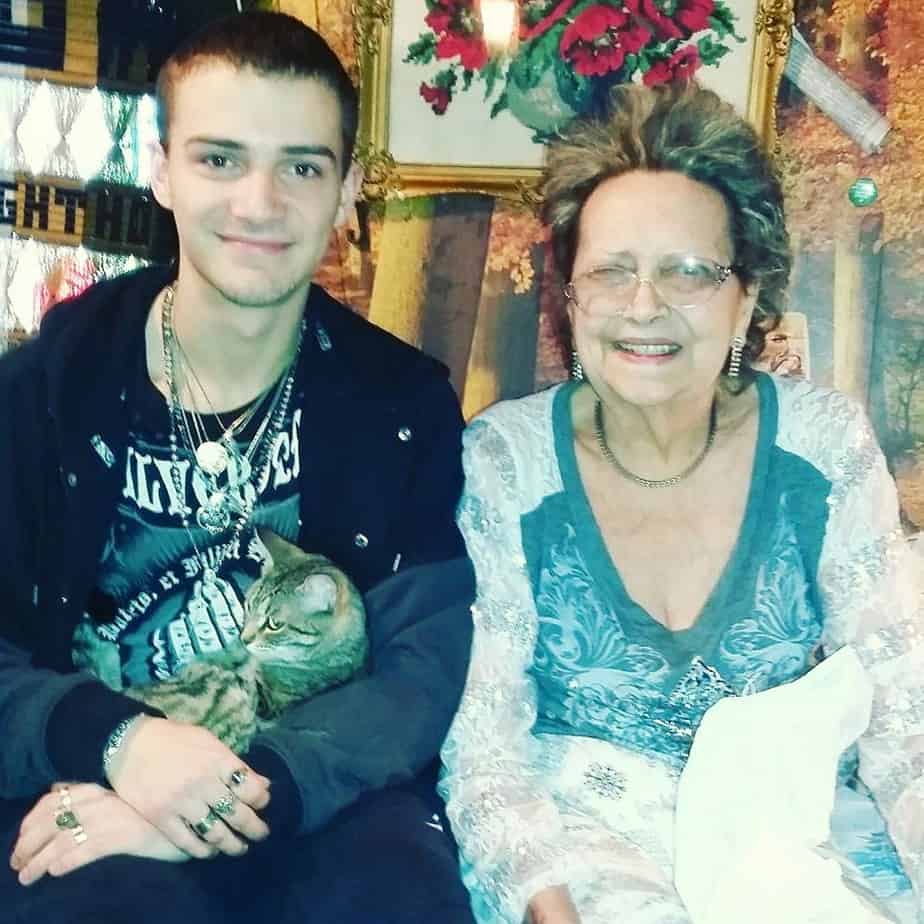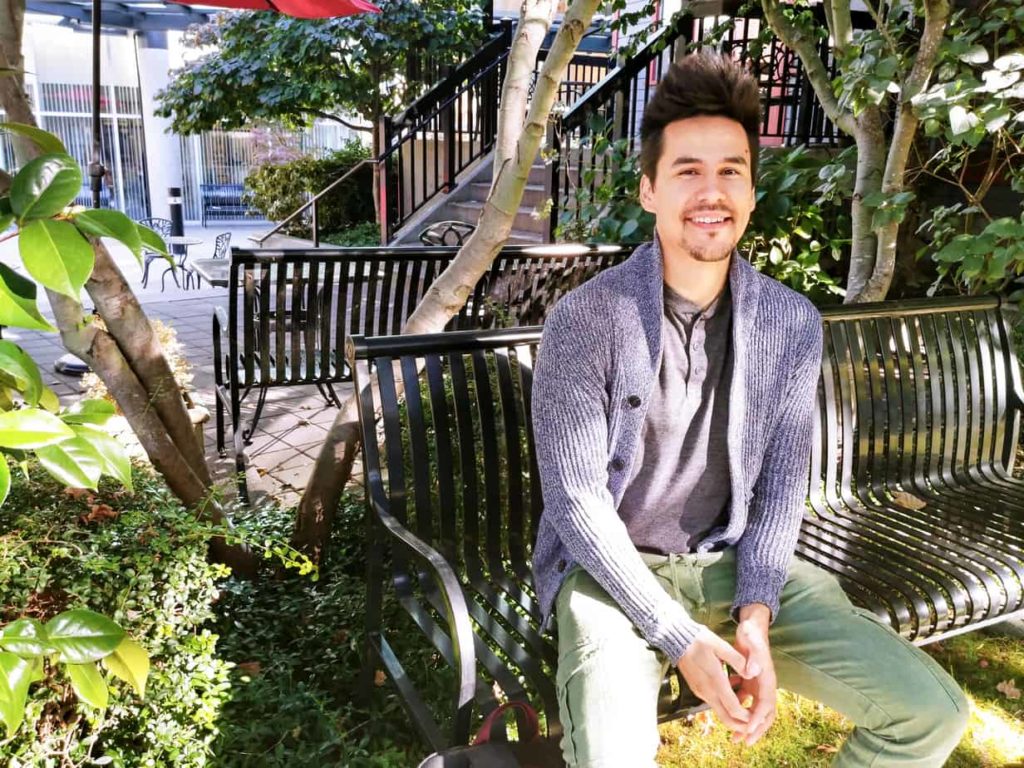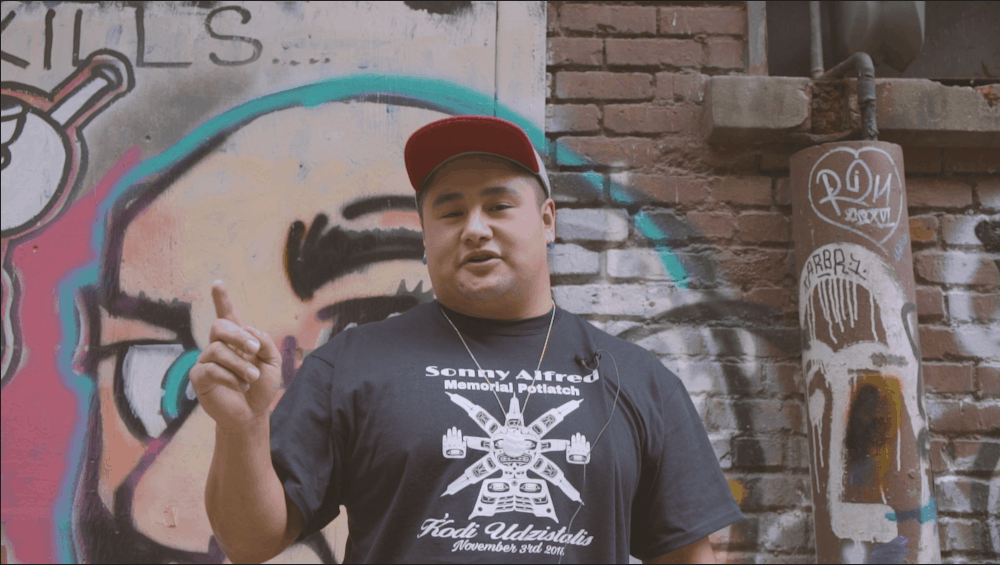
This is from our Urban Nation newsletter. You can subscribe here.
Over the past month, we’ve been bringing you stories about the central role culture plays in many Indigenous people’s lives, and the many shapes that can take in an urban setting. My latest story, on the importance of access to culture for Indigenous kids in government care, features two youth, Glugwe and Tyler, who wish they’d had better access to their nations’ culture and elders while they were in foster care.
While reporting this story, I reached out (repeatedly) to B.C.’s Ministry of Children and Family Development to ask what the ministry is doing to foster meaningful cultural connections for youth in care, who is responsible for fostering those connections, and what barriers they face. A spokesperson for the ministry got back to me with answers a week later; after we published the story. But I still want to share MCFD’s perspective — and invite yours.
According to the ministry, social workers use various strategies to “build and strengthen cultural connections,” depending on a child’s unique needs. These strategies, the spokesperson wrote to me in an email, may include:
-
“Placement within extended family and community;
-
Engaging with the child’s community to develop a cultural plan unique to the child and their community and to ensure that the child, their family and the caregivers supporting them are engaged with the community and participating in nation-specific cultural ceremony and events;
-
Encouraging and supporting participation in cultural events such as traditional ceremonies, and cultural teachings such as language and contact with elders or knowledge keepers; and,
-
Supporting regular visits to and contact with family and community.”

But, the ministry says, there are significant barriers to implementing these strategies, such as:
-
“The over-representation of the child welfare system in the lives of Indigenous children and families. Taking children into care creates a significant risk to their cultural connection, so we need to build stronger prevention services.
-
The under-representation of Indigenous foster parents.
-
The proximity of the child to his/her community (many Indigenous youth live in urban areas that may not be close to other members of their Indigenous communities).
-
As a result of residential schools, the sixties scoop and multi-generational involvement in the child welfare system, there is a significant number of parents who have been disconnected from their communities and culture and their children are now also disconnected.
-
The lack of support for resources and capacity development of First Nations to have meaningful involvement with children in care or in need of protection.”
The ministry says it’s taking steps to address these barriers. It’s actively working to transfer jurisdiction over child welfare to Indigenous communities, it says, and to make changes to the legislation “to focus on better supporting families to safely stay together.”
By “focusing on prevention, collaboration and jurisdiction,” the ministry says it aims to “shift the culture and practice to keep Indigenous children out of care, safe within their families and connected to their culture.”
In the coming weeks, I’ll be digging deeper and publishing more stories about this. For example, the ministry says roots/family-finder workers play a key role in “strengthening a child or youth in care’s cultural connections,” so I’d like to know how many of these workers exist and what their workload looks like. I’ll also be digging into the “under-representation of Indigenous foster parents.” If you have information to share on either of these topics, please be in touch.
What you love

When Warren Hooley thinks of the urban Indigenous community, he sees people living on a spectrum with succeeding and thriving on one end, struggling on the other — and a whole range of experiences in the middle.
All paths “have their beauty,” he says, and “they all have their strengths.”
Warren, who identifies as half Syilx/Okanagan and half Irish and Ukrainian, facilitates workshops on healthy masculinity and compassionate communication. He also does Indigenous allyship training for non-Indigenous folks.
Of the people he sees succeeding, “they’re thriving, they’re innovating,” he says. “They’re inside of many different kinds of organizations and bringing their voice and their lens inside, and challenging some of the systems that currently exist.”
At the same time, he sees some people “struggling to fit in to this colonial Western world, and to really build the life that they’re happy to live.”
Even among the “ones who maybe struggle a bit more,” there’s still beauty in the personal relationships they form, he says.
“That’s a really distinct difference that I experience when I go into a lot of Native communities anywhere, is this real acceptance and invitation into their community.”
All “the joking around” helps, he says. When it comes to getting to know our neighbours, “having humour is such a staple” of Indigenous culture, he says.
People are talking about
-
-
- The Huffington Post published Not My Territory*, a series of interviews with urban Indigenous people across Canada.
- Indigenous and Muslim youth found common ground and fun through basketball in Leduc, Alberta, in this CBC story.
- In this post, Cree blogger Jonathon Potskin looks at how Indigenous Hip Hop expresses culture in modern ways that still resonate with historical knowledge.
- Indigenous educator Debbie Reese shares some book recommendations by Indigenous authors for youth of various ages, in this CBC Unreserved piece.
Culture connections

Robert Williams shares his story of culture and resilience from an alley in Vancouver’s Downtown Eastside. For Robert Williams, the importance of his language, Kwak’wala, can’t be overstated.
“It’s the foundation of my identity as a human being, as a Bak’wam, as an Indigenous person where I come from,” he says.
It also helped save him when he overdosed on heroin in April.
“The language and the culture and the love that my family has for myself is what kept me alive,” he says.
Watch his story here.
Let’s gather
-
Nov. 28: Fans of JB The First Lady will be happy to hear she’s got a new album coming out. Watch her new music video and see performances by Lowkita and Kimmortal at her release party tonight at the Red Gate Art Society. Doors open at 7:30 p.m., show starts at 8 p.m. Cover is $10. Elders and kids welcome!
-
Dec. 1: At Wild Bird Trust’s annual general meeting at Maplewood Flats, Tsleith-Waututh carver Zachary George will present the house posts he created for the Wild Bird Trust Nature House. George was commissioned to create the posts “in recognition of the millennia of stewardship of wild birds practiced by Coast Salish Peoples in and around Maplewood Flats.”
-
Dec. 1 to 2: Tsleil Waututh Nation is hosting its Annual Christmas Craft Fair this weekend from 10 a.m. to 4 p.m. (open until 5 p.m. on Saturday) at the Tsleil-Waututh Cultural and Recreation Centre. Buy something from any vendor and you’ll be eligible to win a door prize, says organizer Jen Thomas.
-
Jan. 14 to 17: The YMCA of Greater Vancouver is hosting Y Nexus, a four-day leadership conference rooted in reconciliation for young community leaders between the ages of 18 and 29, at Camp Elphinstone on the Sunshine Coast. The program aims to “bring together Indigenous, settler, and newcomer leaders to encourage open dialogue, reciprocal knowledge exchange, professional development, and community connection.” Applications are due Dec. 5. Contact Lindsay Martin for application instructions.
If you know about an event that you think should be included in this newsletter next week, send me an email.
And if you like this newsletter, help us build this community by inviting your friends to subscribe. We value your feedback.[end]
-



